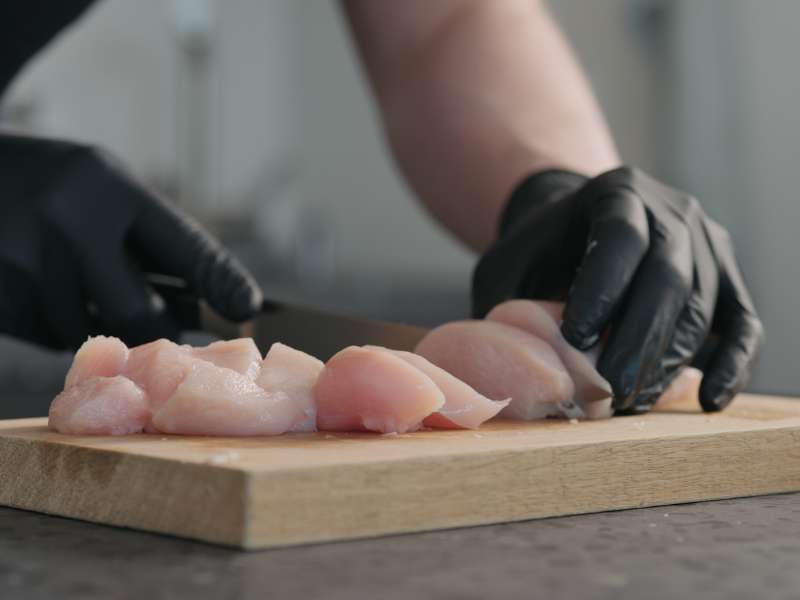In talking with experts across the industry, balancing food and labor costs is always a constant for restaurants. But one area you might be able to cut down on costs is your energy bill.
Even though energy costs typically account for only about 5% of total operating costs in most cases, finding ways to save money can greatly impact your restaurant’s bottom line. Let’s look at a few strategies you can use to help save on energy bills this summer.
Start with an Audit
Before you implement any sort of cost-saving measures, it’s essential to get a baseline of your average monthly energy bills. Performing an energy audit will help you see how much you are spending each month and help you identify areas where you could be wasting money.
Once you have a solid understanding of how your energy is used throughout the restaurant, it will be easier to track and see if your new strategies are working.
Maintenance on Older Equipment
One place that many restaurants lose money regarding energy costs is through older equipment. While they may still cook your dishes perfectly, the truth is that most equipment needs proper maintenance to operate at peak efficiency.
For instance, most fridges and freezers will eventually run slower as condenser coils become clogged with dust. Once this happens, your fridge will require more energy to keep your produce fresh. By performing routine maintenance on your fridge and other equipment, you decrease the likelihood of them slowing down and running up your energy bill.
Opportunities to Upgrade
When your equipment is past saving, it might be time to look into purchasing an energy-efficient replacement. Even though newer kitchen equipment is pricey, it will save you money over the course of its lifetime. For example, items such as energy-efficient dishwashers and energy-efficient fryers can both help reduce your energy consumption levels.
Light Usage
An easy way to reduce your energy bills is by improving how you’re currently using the lights in your restaurant. Establishments with outside seating areas can lower energy consumption by installing automatic lights that turn on and off at specific times. This will help reduce the chance of them being left on throughout the day.
Another easy way to save money through lighting is switching to LED light bulbs. These bulbs are known to be more energy-efficient than regular bulbs and use roughly 75 - 80% less energy.
Kitchen Layout
Kitchen layout is of major importance regarding energy bills. For example, if your refrigerator is placed next to an oven, fryer, or grill, it can cause your fridge to work overtime to cool produce. By reorganizing your equipment and layout, you could significantly reduce overall energy consumption and cost.
Turn Off Idle Equipment
It can be easy to get distracted throughout a lunch rush and forget to turn off equipment once the rush is over. However, leaving items in an idle state when they’re not needed can cost hundreds of dollars in wasted energy consumption. One way to ensure you’re only using the equipment you need is to create a startup/shutdown plan.
This guide will help your staff identify which equipment should be on and when it should be turned off based on restaurant traffic.
Energy-Saving Best Practices
While implementing the above strategies will help cut your energy costs, none of them will have a lasting impact unless your team has bought into the new procedures. Holding regular training sessions with your staff to review energy-saving best practices can help reinforce the new tactics you’ve put in place. For more ways to save, consider the Performance Foodservice One Source Solution Partner, RD Fresh, which helps restaurants save energy while reducing maintenance costs.



